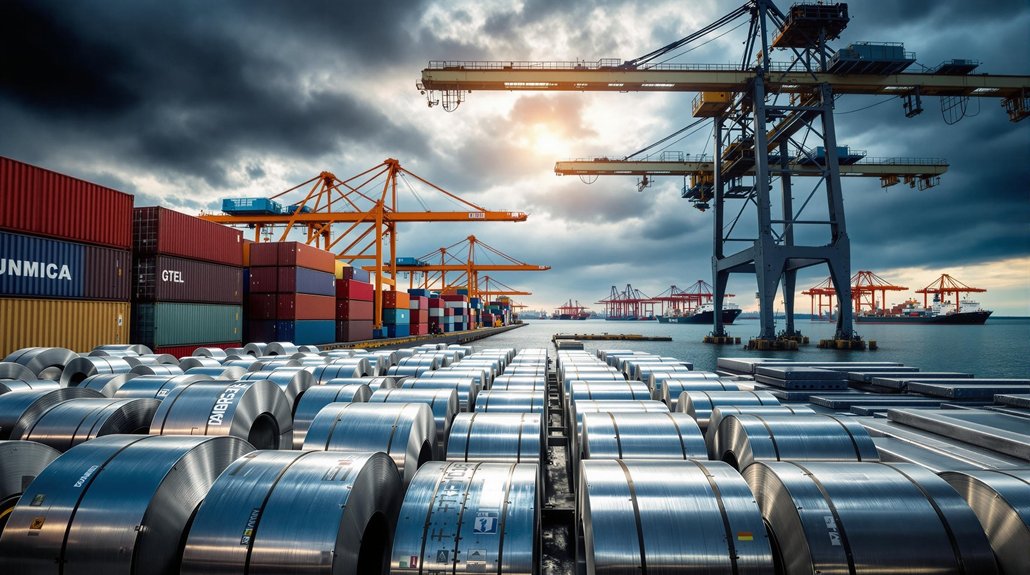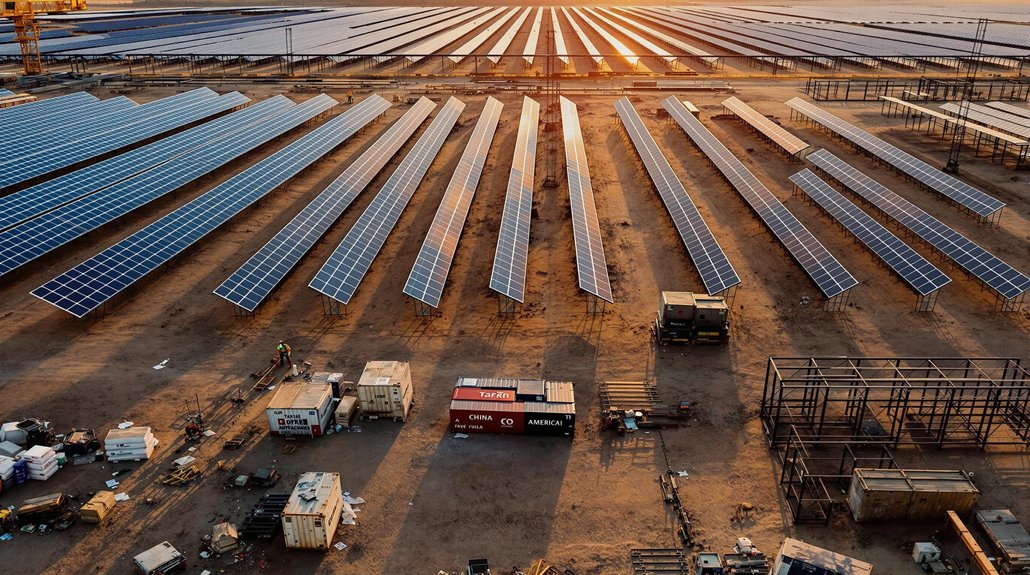Global markets are on edge after the U.S. announced 25% tariffs on all steel and aluminum imports, effective March 12, 2025. The policy eliminates previous exemptions for allies like the EU and Canada. Companies face up to $22.4 billion in additional costs for imported metals, potentially raising consumer prices. The EU has already announced €26 billion in retaliatory measures starting April 1, 2025. Trade tensions continue to intensify as countries prepare their responses.
Global markets stumbled Wednesday as the U.S. announced sweeping new tariffs on steel and aluminum imports, set to take effect March 12, 2025. The new policy will impose 25% tariffs on all steel and aluminum imports, eliminating previous exemptions for allies like the European Union and Canada.
The tariffs will cover a much wider range of products than earlier measures. The affected steel imports will jump from 7 to 26 million metric tons, while aluminum imports will increase from 2.3 to 5.3 million metric tons. The total value of goods subject to these tariffs could reach $204 billion.
The new tariffs will dramatically expand coverage, affecting nearly quadruple the steel tonnage and more than double the aluminum imports.
U.S. Commerce Secretary Howard Lutnick defended the decision, citing national security concerns. The Trump administration believes the tariffs will create American factory jobs and boost domestic production. They’re also addressing what they see as unfinished business from Trump’s first term, when many exemptions weakened the 2018 tariffs.
The economic impact will be substantial. Companies face an additional $22.4 billion in costs for imported metals and up to $29 billion more for “derivative” products that contain steel or aluminum. President Trump has emphasized that the potential for increased domestic manufacturing outweighs concerns about higher costs. The metals manufacturing, automotive, construction, and consumer goods sectors will feel the strongest effects.
International reaction has been swift and negative. The European Union announced retaliatory measures worth €26 billion, set to begin April 1, 2025. Canada, initially threatened with 50% tariffs, now faces the same 25% rate as other countries. These moves are straining diplomatic relations amid other global uncertainties.
Stock markets have experienced volatility as investors worry about slower economic growth and higher inflation. Business executives are hesitant about factory expansions due to the uncertain trade environment. Some analysts fear these measures could trigger a broader global trade war.
For U.S. steel and aluminum producers, the tariffs will likely boost prices and profit margins. However, their customers will have limited options to avoid the duties, potentially leading to higher costs for American consumers across multiple industries. The previously available system of over 100,000 individual exclusions has been completely eliminated, forcing companies to shift toward domestic sourcing or accept higher import costs.









